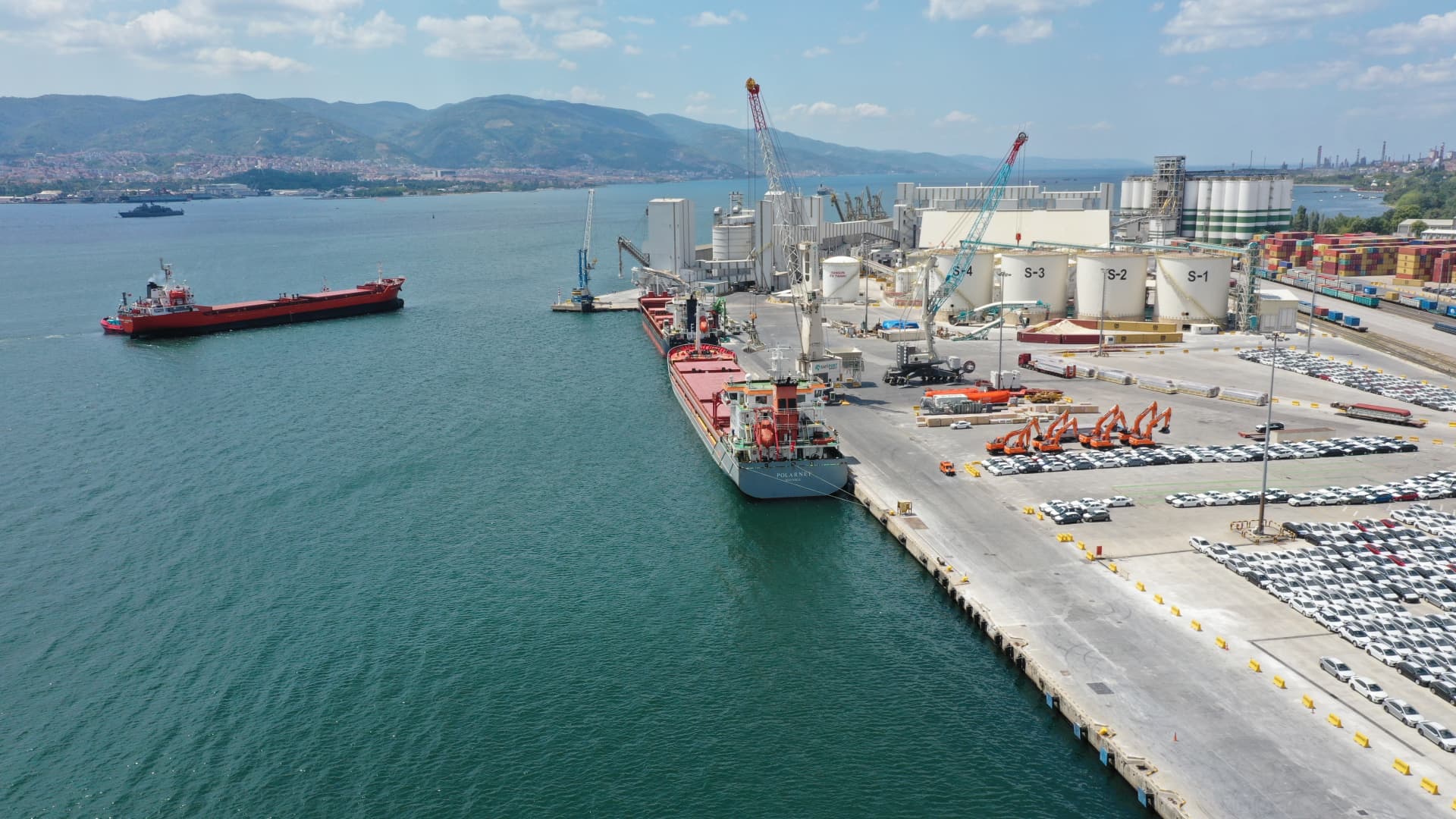The US coffee chain has qualified its initially Greener Stores in Singapore, Thailand, Vietnam and the United kingdom as it seeks to get to 10,000 espresso retailers with a reduce environmental affect around the environment by 2025
.png.aspx?lang=en-GB&width=700&height=466)
Starbucks’ purpose is to certify 10,000 Greener Stores around the world by 2025 | Photograph credit history: Starbucks

Starbucks has ongoing to scale its Greener Shops programme by introducing the sustainability framework to Asia Pacific and the Europe, the Center East and Africa (EMEA) area for the very first time.

Designed in partnership with the Entire world Wildlife Fund (WWF), the Starbucks Greener Merchants Framework is designed to accelerate the transformation of retail outlets towards reduce-affect suppliers with minimized carbon emissions, h2o utilization and waste to landfill.

Launched in 2018, the Greener Retail store Framework assesses Starbucks outlets versus 25 expectations throughout 8 environmental impression regions, this kind of as electricity effectiveness, drinking water stewardship and squander diversion.

Starbucks has certified 3,508 Greener Retailers globally across 20 markets to day, which will add to its concentrate on of halving carbon emissions, water usage and landfill squander from its operations by 2030.

In April 2023, the Seattle-dependent espresso chain accredited its to start with 5 Greener Suppliers in the Asia Pacific area at retailers in Singapore, Thailand, and Vietnam and expects to certify a further 20 across the region in advance of the conclusion of 2023.

Starbucks has also introduced the initially 5 stores to be accredited as Greener Outlets in the Uk, like its Battersea Electrical power Station location. The espresso chain strategies to certify 100 Greener Merchants across Europe, the Center East and Africa by the stop of this calendar year.

Starbucks previously announced all new suppliers in Latin The usa and the Caribbean will be constructed below the Greener Suppliers Framework by the conclusion of 2023.

In whole, 88 Greener Retailers ended up licensed by Starbucks in April 2023. Starbucks’ intention is to certify 10,000 Greener Outlets about the world by 2025, which would stand for around a quarter of its international footprint.

“With a company of Starbucks scale – any one particular motion, no make any difference how small, has the possible for enormous effect. I’m so happy to see our Greener Stores framework go on to scale for good globally. The software we have made will carry on to shift us closer to our source positive ambitions,” explained Michael Kobori, Chief Sustainability Officer, Starbucks.

Starbucks claimed methods from its Greener Shops throughout the US have saved the coffee chain almost $60m in annual operating expenses, which include 30{ead4cb8c77dfcbdb67aba0af1ff8dfae0017fcc07a16fe7b51058939ac12c72a} price personal savings throughout electricity and h2o usage when compared to historic store tactics.

In March 2023, Laxman Narasimhan officially assumed the position of Starbucks CEO. Together with realising Starbucks’ ambitious 2030 sustainability targets, his priorities include things like satisfying the coffee chain’s objective of achieving 50,000 outlets globally by 2030, driven by growth in its crucial expansion industry, China, in which it faces increasing opposition from a resurgent Luckin Espresso.

Starbucks, which currently operates additional than 36,000 shops globally, attained 11{ead4cb8c77dfcbdb67aba0af1ff8dfae0017fcc07a16fe7b51058939ac12c72a} full-calendar year revenue progress in 2022 to arrive at $32.25bn.
